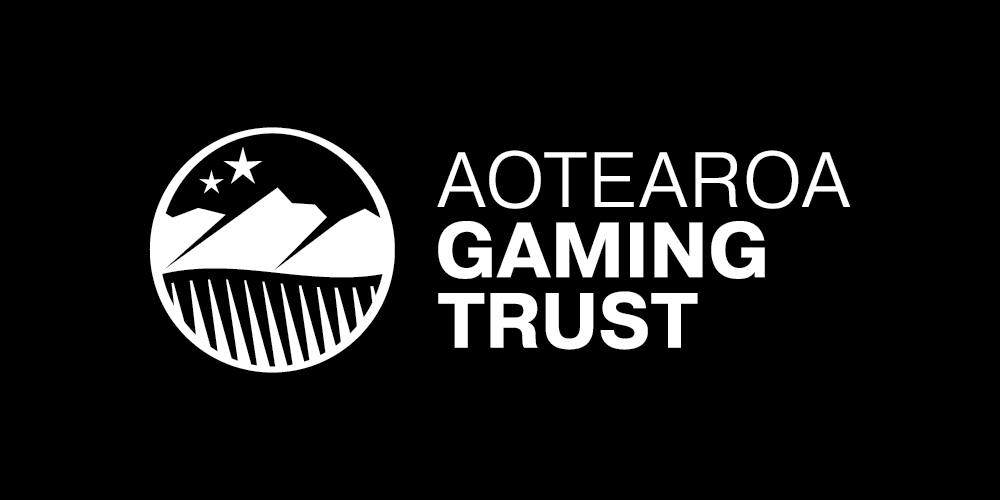Vision Impairment
National Sports Organisations (NSOs) manage classification for athletes with a vision impairment in New Zealand. Each Para sport’s classification rules describe how severe an Eligible Impairment must be for an athlete to be considered eligible to compete.
Vision Impairment Eligibility
Athletes must have a condition that leads to one or more of the following impairments:
- Impairment of the eye structure/receptors
- Impairment of the optic nerve/optic pathways
- Impairment of the visual cortex
The athlete’s impairment must be in both eyes and measured with the best eye with best corrected vision and must meet the following minimal eligibility criteria:
- Visual acuity is less than or equal to LogMAR 1.00 (6/60 vision) and/or
- Visual field that is less than a diameter of 40 degrees (20 degree radius)
How is an athlete classified?
For eligibility to be assessed and a Sport Class issued, there are two key steps:
- A Medical Diagnostic Form (MDF), including medical evidence must be completed by a registered Ophthalmologist and sent to the athletes’ NSO. Upon review, if eligibility is identified, a Provisional (or temporary) Sport Class will be allocated, or until an athlete evaluation is conducted.
- An in-person athlete evaluation session is undertaken by a Classification Panel to verify that the athlete has an Eligible Vision Impairment and that the athlete’s Eligible Impairment meets the applicable Minimum Impairment Criteria for their relevant sport.
Medical Diagnostic Form (MDF)
Please contact your NSO for a copy of the MDF template as the application process is managed by each NSO. If you require contact details for your NSO, please contact PNZ.
Evaluation Session
This is a formal process undertaken by trained classifiers who are vision specialists and may include those who are an Ophthalmologist, Optometrist or Orthoptist. An evaluation session will be coordinated between the athlete, the NSO and Paralympics New Zealand.
Competition Classes for Vision Impairment
- B1 – Visual Acuity is poorer than LogMAR 2.60. May have some light perception but unable to see shape of hand at any distance
- B2 – Visual Acuity ranges from LogMAR 1.50 to 2.60 inclusive; and/or a Visual Field that is constricted to a radius of 5 degrees. (up to 2/60 vision)
- B3 – Visual Acuity ranges from LogMAR 1.40 to 1.0 inclusive; and/or a Visual Field constricted to a radius of 20 degrees, (2/60 to 6/60 vision)
- NE – Visual Acuity less than LogMAR 1.0; and/or Visual Field greater than or equal to 40 degrees diameter
Non-Para Sport Classification
For non-Para Sport VI classification, please complete the Medical Diagnostic Form (MDF) from Blind Sport NZ with the required medical information and send to [email protected]. Please note both the MDF and supporting information need to be less than 12 months old at the time of Athlete Evaluation. If eligibility is confirmed, a Provisional Sport Class will be assigned according to individual sport Classification rules or until an in-person Athlete Evaluation by a Classification Panel is conducted.

























